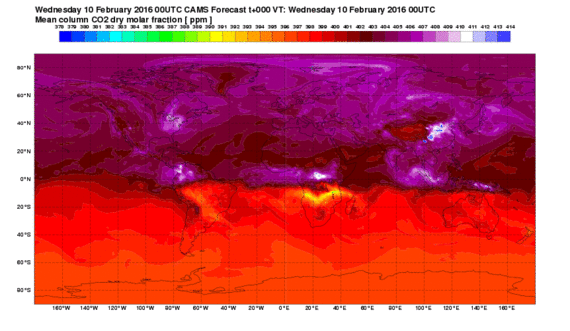- February 18, 2014
- in Green Tips
- by marcos
- 616
- 0
Only about half of the prescription drugs and other newly emerging contaminants in sewage are removed by treatment plant, according to a study by the International Joint Commission, which studies the Great Lakes.
The impact of most of these chemicals of emerging concern on the health of people and aquatic life remains unclear. Nevertheless, the commission report concludes that better water treatment is needed.
The compounds show up in low levels parts per billion or parts per trillion but aquatic life and humans arent exposed to just one at a time, but a whole mix, said Antonette Arvai, physical scientist at the International Joint Commission and the lead author of the study. We need to find which of these chemicals might hurt us.
The scientists reviewed 10 years of data from wastewater treatment plants worldwide to see how well they removed 42 compounds. The plants had a low removal rate for more than one-quarter of those chemicals. Six chemicals were detected frequently and had a low rate of removal in treated effluent: an herbicide, an anti-seizure drug, two antibiotic drugs, an antibacterial drug and an anti-inflammatory drug.
Caffeine, acetaminophen and estriol (a natural estrogen) also were frequently detected in sewage but, like about half of the substances examined, had high removal rates.
Plants removed one antibacterial agent of concern, triclosan–added to many personal care products like soap and toothpaste–at a “medium removal efficiency.”
Whether and how humans are exposed is also a question. Chemicals showing up in wastewater effluent doesnt necessarily mean they will be found in drinking water. But some studies have found prescription drugs in drinking water at parts-per-trillion levels. A federal study of 74 waterways used for drinking water in 25 states found 53 had traces of one or more pharmaceuticals. There are currently no federal regulations of pharmaceuticals in waste or drinking water. However, 12 pharmaceuticals are currently on the Environmental Protection Agencys list of chemicals under consideration for drinking water standards.
Most researchers expected that the large lakes would dilute pharmaceuticals quickly, but a study this summer found the drugs contaminating Lake Michigan two miles from Milwaukee sewage outfalls.
(Wastewater treatment plants) werent designed to handle these types of chemicals, said Michael Murray, a scientist with the National Wildlife Federations Great Lakes Regional Center who is on the IJCs board.
This is an edited version of an article that was originally published by Environmental Health News.
Half of Soaps, Lotions and Drugs End Up in Our Water
http://www.thedailygreen.com/environmental-news/latest/pharmaceuticals-personal-care-products-1311??src=rss
http://www.thedailygreen.com/environmental-news/rss/
thedailygreen.com article feed
Most recent thedailygreen.com NEWS articles.


